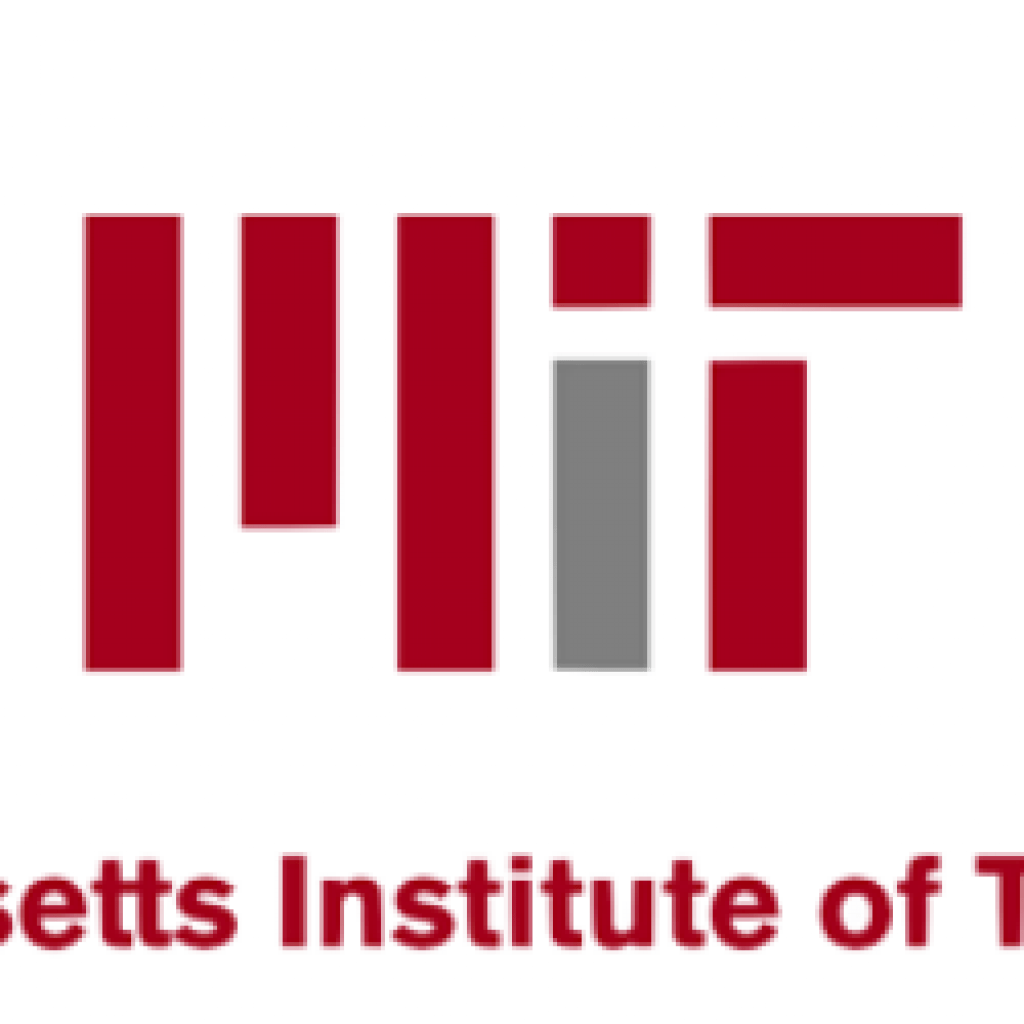(SciTechDaily) A new approach developed by researchers at MIT could provide a significant step forward in quantum error correction. The method involves fine-tuning the system to address the kinds of noise that are the most likely, rather than casting a broad net to try to catch all possible sources of disturbance.
“The main issues we now face in developing quantum technologies are that current systems are small and noisy,” says MIT graduate student David Layden. Noise, meaning unwanted disturbance of any kind, is especially vexing because many quantum systems are inherently highly sensitive, a feature underlying some of their potential applications.
But the team found that the overwhelming majority of the noise affecting these nuclei came from one single source: random fluctuations in the nearby defects themselves. This noise source can be accurately modeled, and suppressing its effects could have a major impact, as other sources of noise are relatively insignificant.
The team came up with a different error correction strategy, tailored to counter this particular, dominant source of noise. The upshot of our approach is that we’re able to get a fixed level of protection using far fewer resources than would otherwise be needed,” he says. “We can use a much smaller system with this targeted approach.”
The work so far is theoretical, and the team is actively working on a lab demonstration of their principle in action. If it works as expected, this could make up an important component of future quantum-based technologies of various kinds, the researchers say, including quantum computers that could potentially solve previously unsolvable problems, or quantum communications systems that could be immune to snooping, or highly sensitive sensor systems.
MIT Researchers Provide Significant Step in Quantum Error Protection
